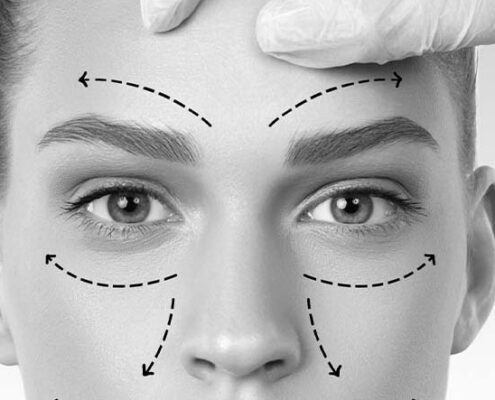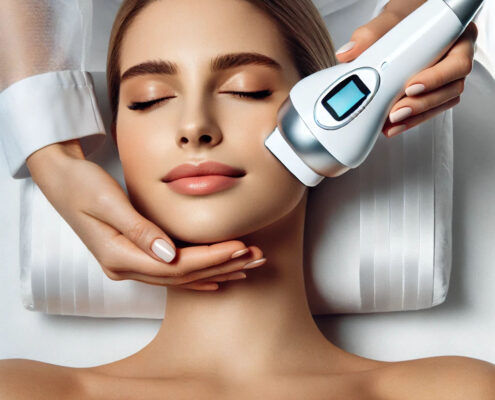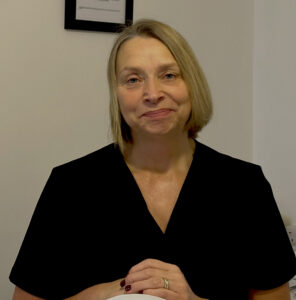Non Surgical Facelift
Hi, I’m Helen, an aesthetics nurse specialist based near Weston Super Mare.
If you’re reading this, you are curious about a non surgical facelift what they entail, and whether they’re the right choice for you. I’m here to guide you through the process, benefits, and aftercare, so you can make an informed decision.
A non-surgical facelift can rejuvenate your appearance without the risks, downtime, or expense of traditional surgery. This procedure has grown in popularity over the years, thanks to advancements in aesthetics and a growing demand for minimally invasive treatments. Let’s explore this exciting option together.

Helen is a certified aesthetics nurse at a private clinic in Banwell. Helen offers a range of Non-Surgical Facelift procedures
What is a non surgical facelift
A non-surgical facelift uses a combination of minimally invasive treatments to enhance the appearance of your face. To be honest, it is generic term used to describe a range of treatments that can be given individually or combined for greater efficacy. It refers to modern treatments like dermal fillers, anti-wrinkle injections, skin-tightening procedures, all treatments designed to restore volume, smooth wrinkles, and lift sagging areas.
Unlike surgical facelifts, there are no incisions, general anesthesia, or lengthy recovery periods. Instead, you can enjoy subtle, natural-looking improvements that enhance your features while maintaining your unique beauty.
What to expect from a non surgical facelift
- Quick and Convenient
Non-surgical facelifts are often referred to as “lunchtime procedures” because they can be performed in under an hour. There’s no need for an overnight stay, and you can resume most of your daily activities immediately after. - Minimal Downtime
Since there’s no cutting or stitching involved, recovery is quick. Many clients experience only mild swelling or redness, which subsides within a day or two. - Natural-Looking Results
The goal of a non-surgical facelift is to enhance, not transform. Your face will look refreshed, youthful, and more vibrant while retaining your natural expressions and individuality. - Customizable Treatment Plans
Each non-surgical facelift is tailored to your specific needs and goals. We can target areas such as the cheeks, jawline, nasolabial folds, or under-eye hollows to achieve the results you’re looking for. - Cost-Effective
While the price varies depending on the treatments used, non-surgical facelifts are generally more affordable than surgical options. - Evidence-Based Treatments
Techniques like dermal fillers and anti-wrinkle injections are backed by years of clinical research. For example, studies show that hyaluronic acid fillers significantly improve facial volume and elasticity (Raspaldo et al., 2015).











